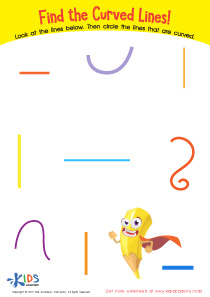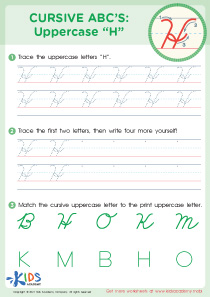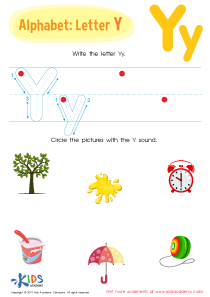Alphabetical order understanding Alphabet Worksheets for Ages 5-8
6 filtered results
-
From - To
Unlock the power of alphabetical order for kids aged 5-8 with our expertly crafted Alphabet Worksheets! These engaging activities are designed to build foundational literacy skills through fun and interactive exercises. From arranging letters to organizing words, our worksheets make learning alphabetical order easy and enjoyable. Perfect for use at home or in the classroom, each sheet promotes critical thinking and attention to detail. Help your child master this essential skill, boosting their reading and writing capabilities. Start exploring now and watch young learners thrive in their educational journey with these comprehensive resources.
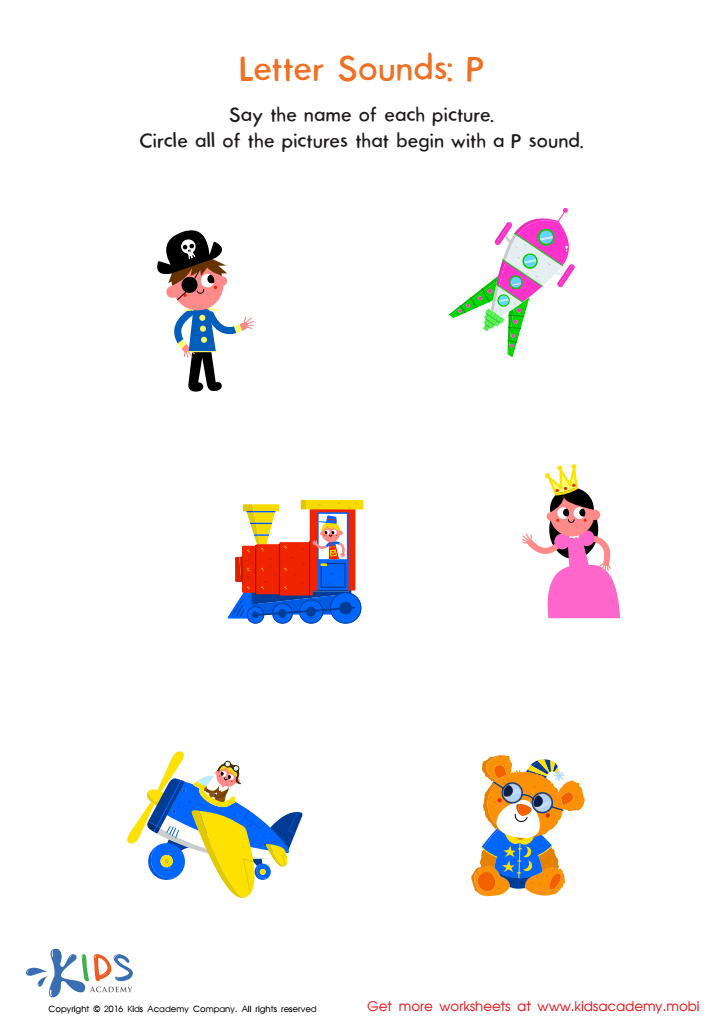

Letter P Sound Worksheet
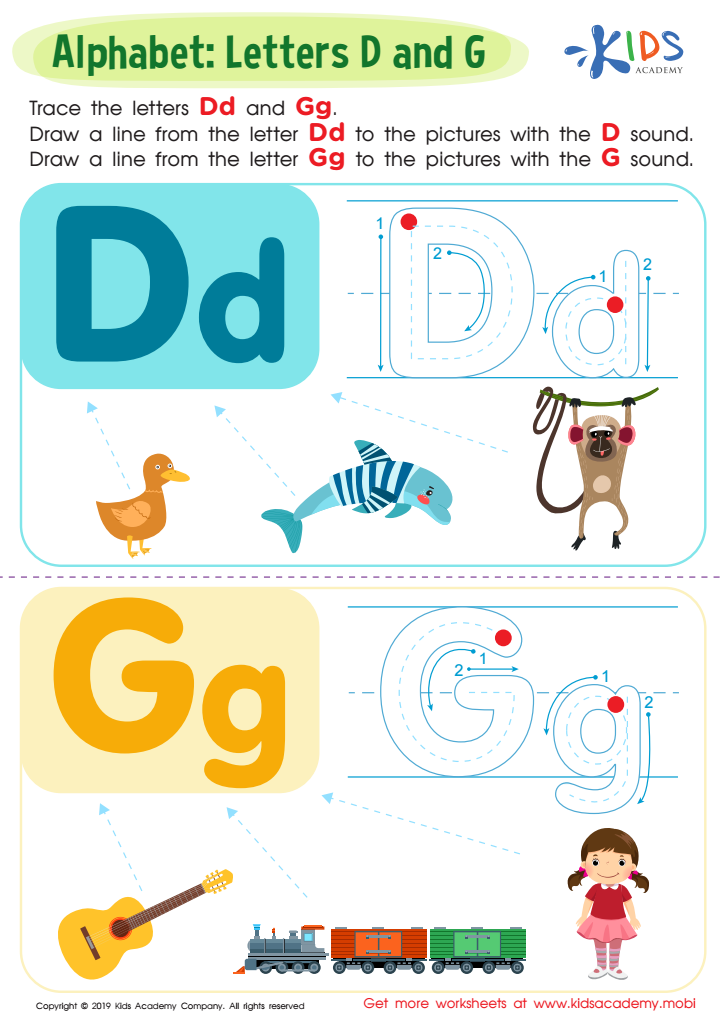

Letter D and G Tracing Worksheet
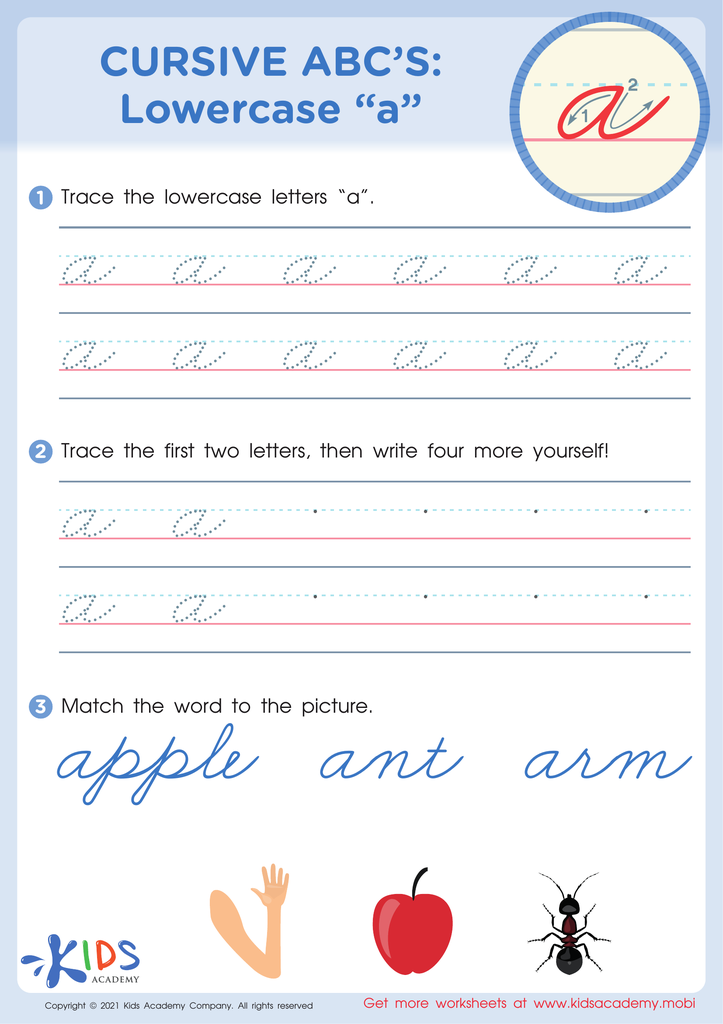

Cursive ABCs: Lowercase a
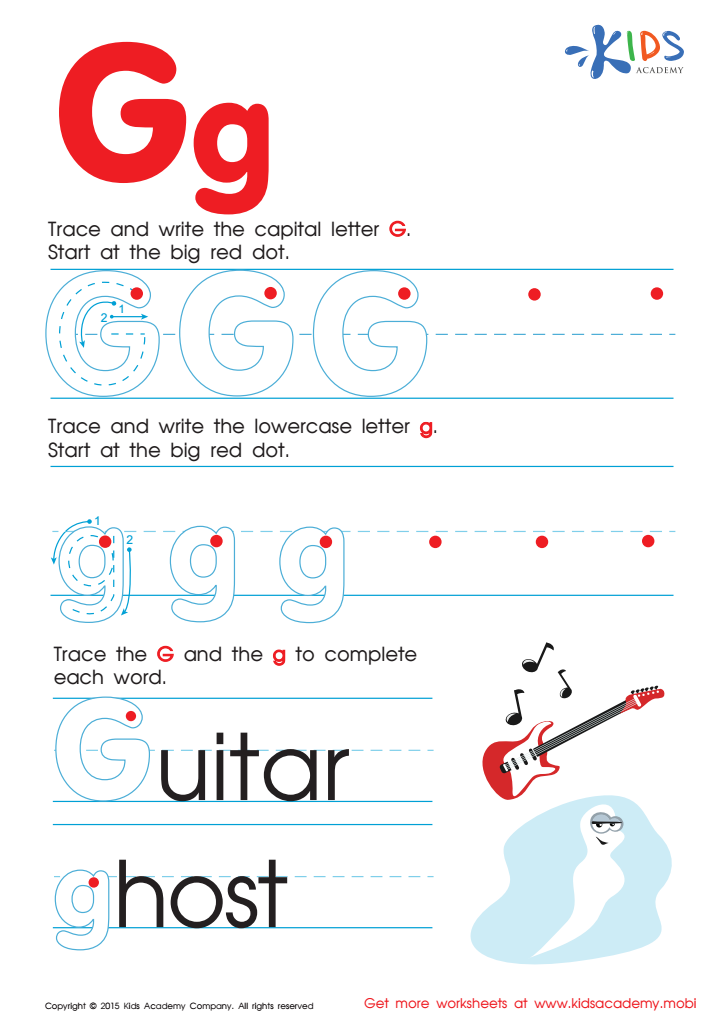

Letter G Tracing Page
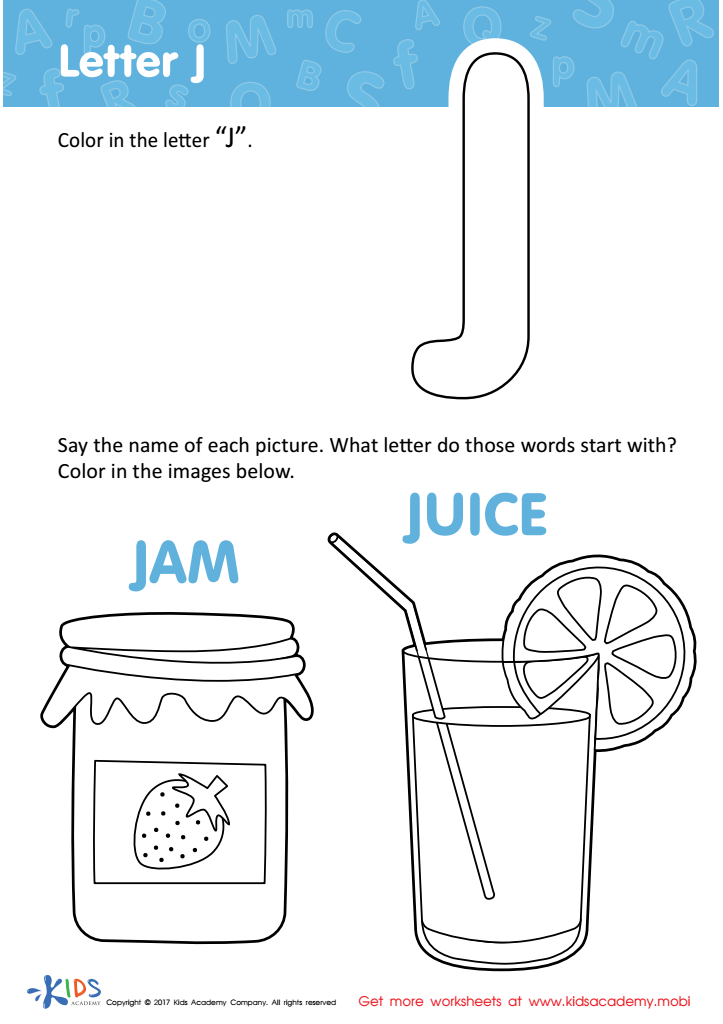

Letter J Coloring Sheet


Letter K Coloring Sheet
Understanding alphabetical order is a fundamental skill for young children aged 5-8, and it plays a crucial role in their educational development. Firstly, learning the alphabet and its sequence fosters letter recognition, which is a vital predecessor for reading and writing fluency. When children know the alphabet, they can identify letters quickly, laying the groundwork to decode words effectively.
Secondly, many educational resources and tools rely on alphabetical order, including dictionaries and indexes, which are essential for developing research and reference skills. Mastering alphabetical order helps children navigate these resources independently, encouraging self-directed learning and enhancing their problem-solving abilities.
Additionally, organizing information alphabetically aids in cognitive development by strengthening memory and recall abilities. Practicing alphabetical order can improve children’s sorting and categorizing skills, which are necessary for more advanced arithmetic and scientific exploration later in school.
Lastly, familiarity with alphabetical order fosters a sense of organization and discipline. It teaches children an orderly way to process and store information, a practice that proves beneficial in various life aspects. Therefore, parents and teachers should prioritize this learning to help children build a strong educational foundation and become proficient learners.
 Assign to My Students
Assign to My Students











